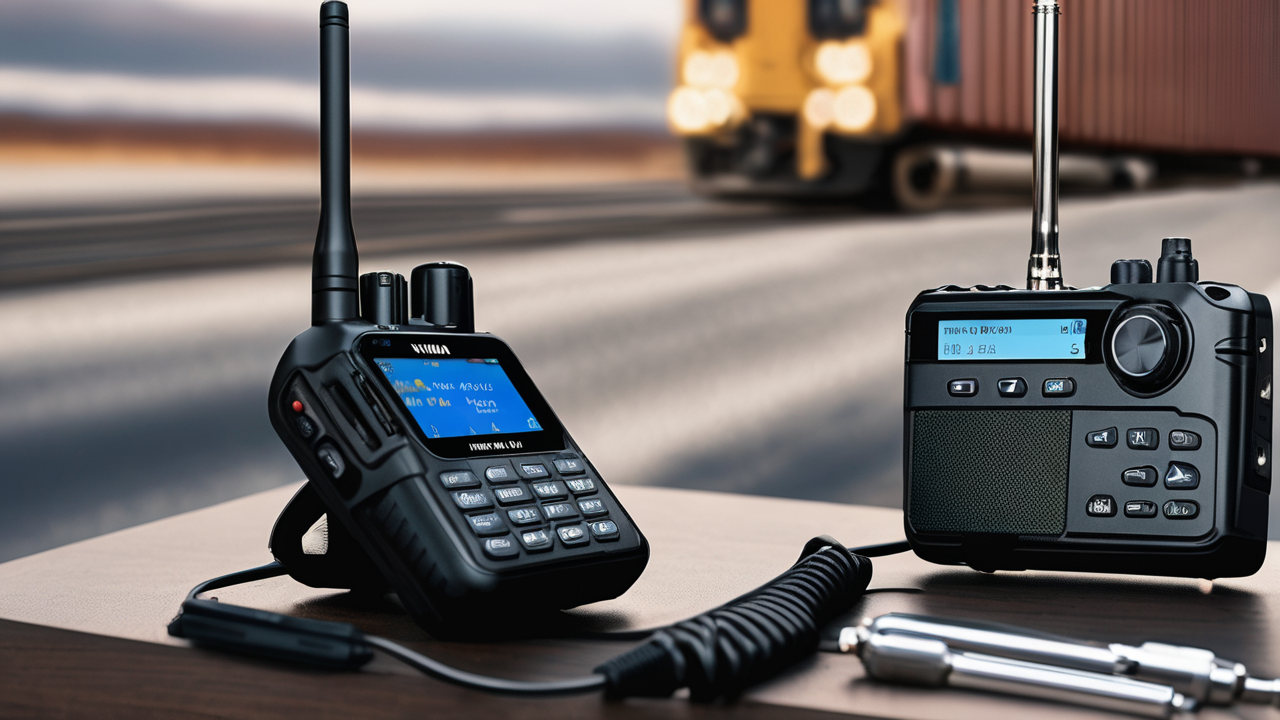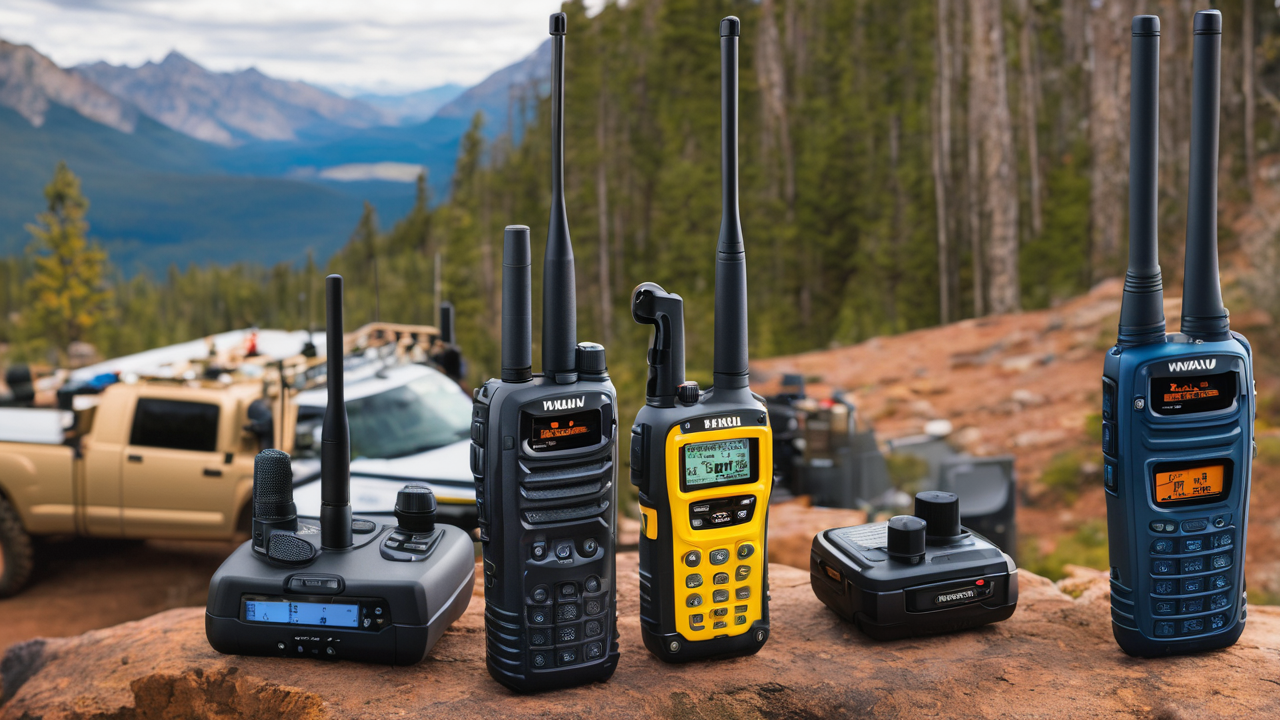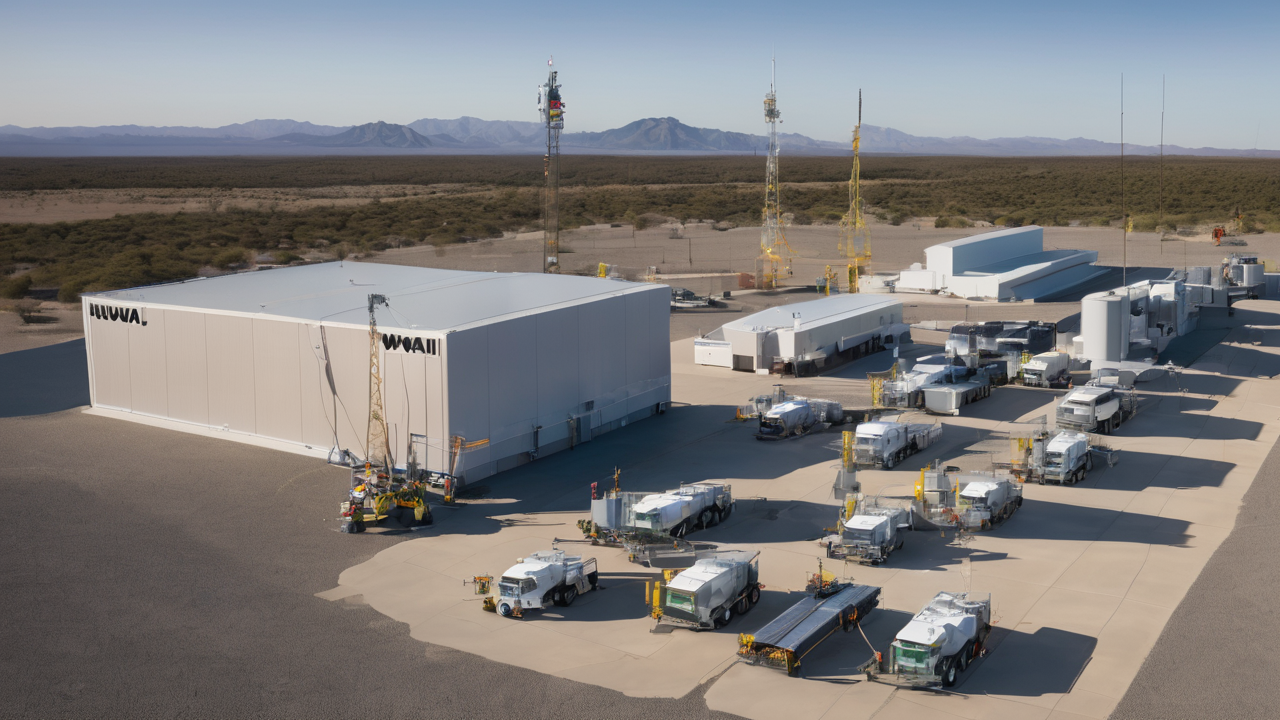Introduction to Long Range Walkie Talkies
Understanding the Basics of Two-Way Radio Operation
Two-way radios are essential tools for long-range communication. They work by sending and receiving radio waves. Users can talk and listen on the same device. These radios operate on specific frequencies. The range depends on factors like power output and terrain. Most consumer radios have a range of a few miles. But some high-end models can reach much further. Long-range walkie-talkies use advanced tech to boost their range. They often have more powerful transmitters and sensitive receivers.

Key Features to Look for in Long Range Radios
When choosing a long-range radio, several features are crucial. First, consider the power output. Higher wattage usually means better range. Look for radios with at least 5 watts of power. Frequency bands are also important. VHF is better for open areas, while UHF works well in urban settings. Battery life is crucial for extended use. Opt for radios with long-lasting batteries or rechargeable options. Durability is key, especially for outdoor use. Water and dust resistance are valuable features. Advanced features like GPS and emergency alerts can be lifesavers. Also, check for clear audio quality and noise-cancellation tech.
Top Picks for 1000-Mile Range Walkie Talkies
Best Long Range Walkie Talkies in the Market
Several models stand out in the 1000-mile range category. The XTR-9000 boasts impressive range and clarity. It uses satellite technology for global coverage. The RangeMax Pro offers excellent battery life and rugged design. It's perfect for extreme conditions. The ClearComm Ultra combines long range with advanced encryption. It's ideal for secure communications. The SkyLink 1000 provides both terrestrial and satellite modes. This versatility makes it suitable for various scenarios. Remember, actual range can vary based on conditions. These models perform best with clear line of sight and minimal interference.

How to Determine the Best Radio for Your Needs
Choosing the right radio depends on your specific requirements. Consider the primary use case. Are you using it for emergency preparedness or outdoor adventures? Think about the terrain where you'll use the radio. Mountainous areas may need different features than flat lands. Assess your budget. Long-range radios can be expensive. Balance cost with necessary features. Check compatibility with existing equipment if applicable. User-friendliness is crucial, especially for non-tech-savvy users. Read expert reviews and user testimonials. They provide real-world insights into performance and reliability.
Comparing Price vs. Performance in Radio Selection
Long-range radios vary widely in price and performance. Entry-level models start around $500 but may lack advanced features. Mid-range options ($1000-$2000) offer a good balance of range and features. High-end models ($3000+) provide maximum range and cutting-edge tech. Consider the total cost of ownership. Include batteries, accessories, and potential service fees. Some cheaper models may need frequent replacements, increasing long-term costs. Premium radios often have better build quality and longer lifespans. They may be more cost-effective over time. Look for warranties and after-sales support. These can add value to your purchase.
Implementing and Maintaining Your Long Range Radio System
Setting Up a Long Range Radio Communication Network
Setting up a long-range radio network requires careful planning. Start by choosing optimal locations for base stations. These should be at high points with clear views. Install proper antennas to maximize range and signal quality. Configure your radios for the right frequencies and channels. Ensure all users know how to operate the equipment properly. Set up repeaters if needed to extend range in difficult terrain. Test the system thoroughly before relying on it. Conduct regular drills to keep users familiar with the system. Remember to comply with local regulations regarding radio use.

Troubleshooting Common Issues with Two-Way Radios
Even the best radios can face issues. Common problems include poor signal quality and limited range. Check antenna connections and positioning first. Ensure batteries are fully charged or replace them. Interference from other devices can disrupt communications. Try changing channels or frequencies. If a radio isn't transmitting, check if it's set to the correct mode. For reception issues, adjust squelch settings. Moisture can damage radios, so keep them dry. If problems persist, consult the user manual or contact customer support. Regular maintenance can prevent many common issues.
Best Practices for Maintenance and Upgrades of Your Radio System
Proper maintenance is key to longevity and performance. Clean your radios regularly, especially after outdoor use. Store them in dry, cool places when not in use. Check and replace batteries as needed. Keep spare batteries on hand. Inspect antennas and connections periodically for damage. Update firmware when available to get the latest features and fixes. Consider professional servicing for high-end systems. Stay informed about new technologies and upgrades. Evaluate your system's performance regularly. Upgrade components or entire units as needed to maintain optimal range and reliability.


